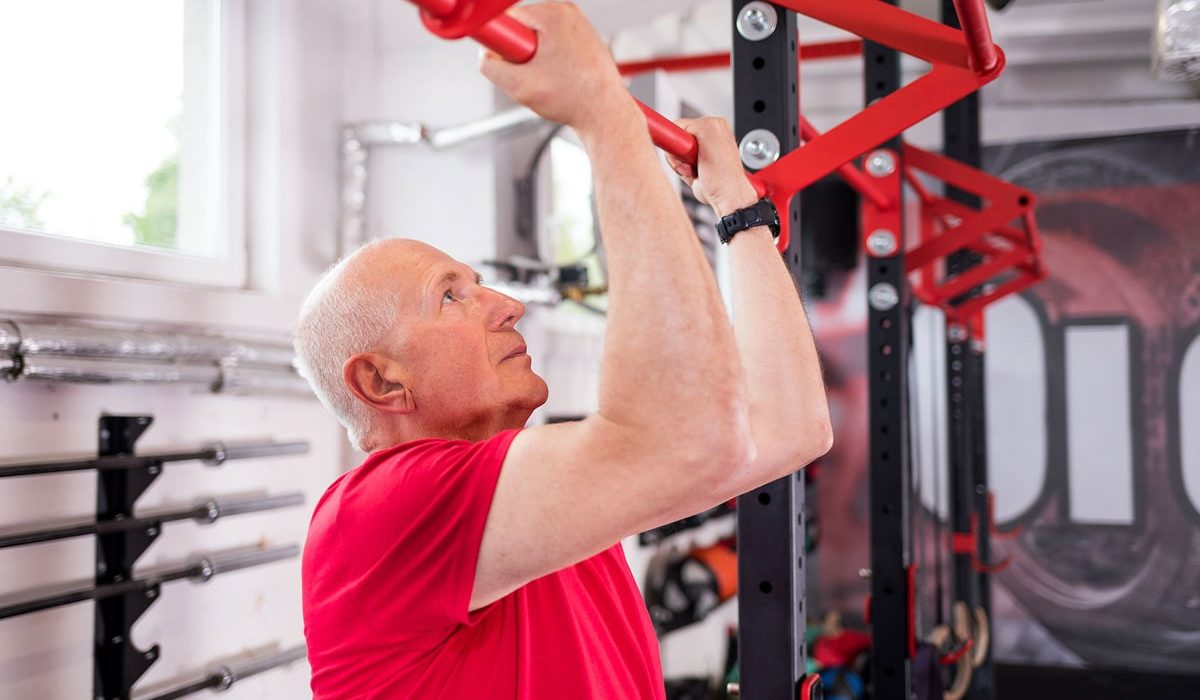Is Slow Exercise Good for Patients with a Chronic Illness?
Slow exercising, also known as low-intensity exercise or gentle exercise, can be beneficial for individuals with chronic illnesses under certain circumstances. However, it’s important to note that the suitability and effectiveness of slow exercising can vary depending on the specific chronic illness and individual circumstances.
Here are some potential benefits of slow exercising for chronic illness patients:
Improved cardiovascular health: Engaging in low-intensity exercise, such as walking or swimming, can help strengthen the heart and improve circulation without putting excessive strain on the body.
Increased muscle strength and flexibility: Slow exercising can help maintain or improve muscle strength and flexibility, which is crucial for managing certain chronic conditions and enhancing overall physical function.
Enhanced mood and mental well-being: Regular exercise, even at a low intensity, can have a positive impact on mental health. It may help alleviate symptoms of anxiety and depression commonly associated with chronic illnesses.
Better weight management: Slow exercising can contribute to maintaining a healthy weight or promoting weight loss, which is important for managing certain chronic conditions like diabetes, arthritis, or cardiovascular diseases.
Energy conservation: For individuals with limited energy due to chronic illness, slow exercising provides an opportunity to engage in physical activity without overexerting themselves. It helps balance the energy expenditure and conserves energy for daily tasks.
However, it’s crucial for chronic illness patients to consult with their healthcare provider before starting any exercise program. They can provide personalized guidance based on the specific condition, individual health status, and any limitations or precautions that need to be considered. They may also recommend working with a qualified exercise specialist or physical therapist who can develop a tailored exercise plan to address the specific needs and abilities of the individual.
Remember, the appropriateness of exercise intensity and type can vary widely depending on the chronic illness, and what works well for one person may not be suitable for another. Therefore, it’s important to seek professional advice to ensure safe and effective exercise practices for managing chronic illnesses.




